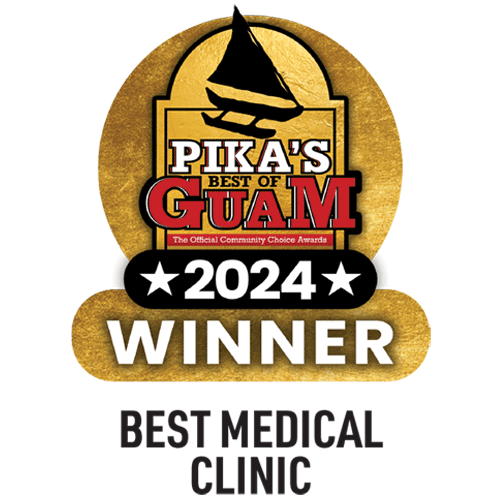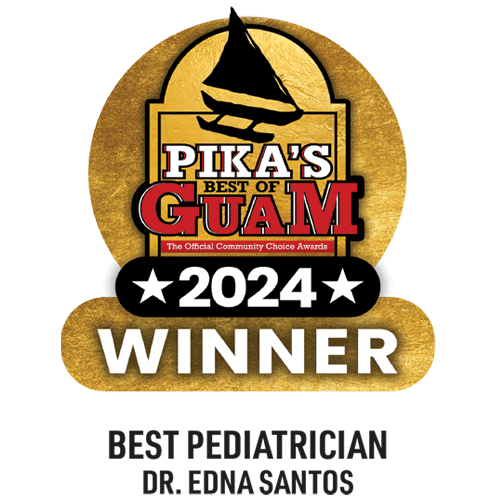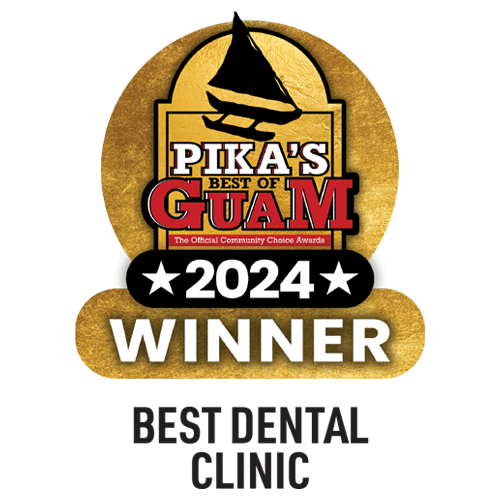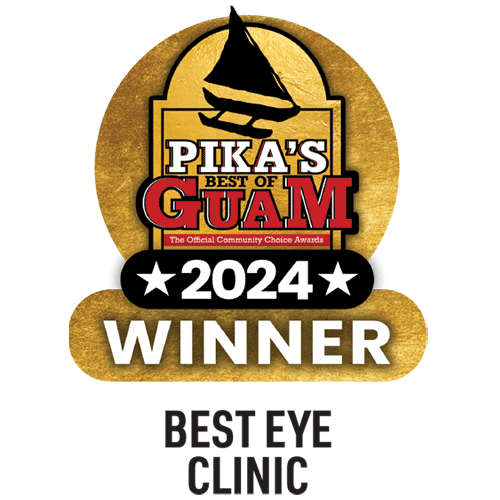TakeCare Insurance Company is committed to providing its members with safe, quality health care. TakeCare upholds the highest standard of practice and puts the welfare of the members first by ensuring that these safety standards are reflected in all its work processes. Patient safety,as defined by the Agency for Healthcare and Research Quality, is the freedom from accidental or preventable injuries produced by medical care. Risks and threats to patient safety can occur in any setting from a wide variety of causes. These risks can result to unfavorable, iatrogenic outcomes, mortality and morbidity, that can increase healthcare costs to both patients and the healthcare organization.
TakeCare has developed a multi-year Patient Safety/Risk Management Program that focuses on organizational and departmental efforts to identify and reduce actual and potential risks. The goal of the program is to develop systems/processes that can guide the identification/reduction of actual and potential risks, and maintain the quality of healthcare services provided to our members. The program is responsible for creating a comprehensive patient safety plan that addresses ambulatory care, inpatient care, pharmaceutical use, and member actions.
The Patient Safety/Risk Management Program has identified the following objectives:
- Perform periodic audits of specific aspects of patient care services based on referred or suspected clinical and safety issues of TakeCare's patient population. The audits will provide the basis for action plans developed to ensure on-going quality improvement and safe practice in high volume, high risk, and problem- prone areas.
- Develop a comprehensive practitioner education program designed to educate and inform contracted practitioners and providers about patient safety and opportunities for improvement.
- Enhance TakeCare's existing care management system to improve the quality of life of our members with chronic care conditions through the coordinated work of our team of providers, nurses, pharmacists and case managers.
Program Details
- Patient Safety Audits:
Activities related to this objective include:- Identification of three key areas of concern; Design and completion of each audit with specific action items and focused follow up based on findings.
- This may include areas of medication errors, incomplete medical records, lack of clarity concerning care plans, and other high-risk areas.
- Corrective actions will include policy updates on process change communicated on an organizational level.
- Identification of three key areas of concern; Design and completion of each audit with specific action items and focused follow up based on findings.
- Practitioner Education Program
Activities related to this objective include- Medication Safety Initiative involves providing information to all TakeCare network providers on prescription writing safety practices.
- Providing pharmacy counseling programs through the FHP pharmacy to patients to better understand instructions for taking medications.
- Ongoing training and education for FHP clinic providers and practitioners on principles of adequate and appropriate documentation.
- Providing guidelines to all TakeCare network providers and practitioners on reporting process and analysis of potential risks and quality related issues.
- Medication Safety Initiative involves providing information to all TakeCare network providers on prescription writing safety practices.
TakeCare’s Pharmacy Benefit Program also provides Drug Utilization Review (DUR) that occurs concurrent and retroactively. TakeCare’s Pharmacy Benefit Manager, Envision Rx offers an extensive retrospective DUR program designed to identify pharmaceutical conditions contrary to the norm or to identify outliers in the patient, physician and pharmacy venue through detailed reporting. All of the reports are available to Takecare to provide first-hand monitoring. A sample of the edits in standard and ad-hoc reports includes:
- Over and under utilization
- Therapeutic appropriateness and duplication
- Drug to disease conflicts
- Drug to patient conflicts
- Drug to drug conflicts
- Inappropriate prescribing (includes abuse/misuse)
- Inappropriate dispensing (includes generic use)
- Inappropriate utilization
- Inappropriate duration of treatment
This information is gathered as a means of determining “outliers” in the standard practice of sound pharmaceutical practice and identifying patients and physicians that would benefit from an intervention if necessary by or the client.
In addition, specific prescribing practices (for both retail and mail service) are monitored and reported for all physicians. Information is collected on prescribing patterns by physicians by linking the DEA number (unique identifier for physicians) to the physician’s name. Reports on utilization by physician, physician outliers (over prescribing, narcotic prescribing etc) are collected to identify trends. These reports can show detail or summary data to indicate normal aberrant patterns of prescribing. Communication letters are issued to physicians and pharmacy outliers as a corrective action and bring pharmacy or physician in compliance.
Three methods of drug utilization review (DUR) are utilized to ensure medications are being used properly and within normal ranges.
-
Prospective
The Prospective DUR Program creates visible on-screen alerts for the dispensing pharmacists at the time a claim is checked for completeness and accuracy (i.e., provider number, member eligibility, etc.). Prior to the claim being processed and paid, the Prospective DUR Program checks for potential errors or problems with the prescription and/or the patient’s health status. Some of the checks performed before the medication is dispensed include:
Therapeutic duplication: a member is being treated with two or more similar drugs or drugs in the same therapeutic class.
- Drug-drug interactions: two or more of the drugs that are actively being used by the member have the potential in combination to produce an untoward or adverse effect.
- Over-utilization: Early refills outside of regularly scheduled refills can signal a potential abuse pattern.
- Under-utilization: Either the dosage of the drug is too small given the apparent circumstances or the patient is refilling the prescription at intervals that suggest that the member is not taking the prescription according to the current physician’s instructions.
- High dose: The dosage prescribed is higher than the maximum effective dosage as indicated by the medical literature.
- Drug-pregnancy: Determines if a harmful drug is being dispensed to a pregnant woman. Claims history is reviewed for prenatal vitamins within 120 days for women of child bearing age.
- Low dose: The dosage prescribed is lower than the commonly accepted lowest accepted dosage for that particular drug.
- Drug-age: Most commonly used for children and the elderly, this looks at the date of birth and the drug prescribed to analyze the appropriateness of the drugs prescribed.
- Drug-disease: This is applicable if the disease states are known and the drugs prescribed don’t appear appropriate for that disease state.
- Duration of Therapy: When the drug prescribed is acute, but the duration and dosage is extended to what would be a much longer time than warranted.
- Drug-drug interactions: two or more of the drugs that are actively being used by the member have the potential in combination to produce an untoward or adverse effect.
-
Concurrent
The Concurrent DUR program provides clinical monitoring of prescription drugs at the point of sale. The DUR system is designed to encourage cost effective, high quality drug therapy at the point of sale by notifying pharmacists of potential drug therapy complications before prescriptions are dispensed. The DUR program is designed to be used as a screening tool to detect outlying prescription drug utilization patterns. The intent is to support the pharmacist and is not considered a substitute for professional judgment.
All claims submitted through the Concurrent DUR program are entered into the patient’s active drug profile, thus allowing the system to evaluate prescription claims prior to the initiation of drug therapy. The patient’s profile is accessed regardless of the participating pharmacy the patient may choose.
Each DUR warning is accompanied by the appropriate National Council for Prescription Drug Programs or NCPDP- DUR conflict code and message. The message received will be in a format designed by the pharmacy software vendor. Additionally, most pharmacy software has editing capability as well but only for prescriptions filled at that store.
-
Retrospective
The Retrospective DUR program is the simplest to perform as drug therapy is reviewed after the patient has received the medication. A retrospective review may detect patterns in prescribing, dispensing, or administering drugs to uncover recurrence of inappropriate use or abuse, and serves as a means for developing prospective standards and target interventions. In retrospective DUR, patient medical charts or computerized records are screened to determine whether the drug therapy met approved criteria and aids prescribers in improving care for their patients, individually and within groups of patients, such as those with diabetes, asthma, or high blood pressure. Common types of Retrospective DUR:
- Therapeutic appropriateness
- Over and underutilization
- Appropriate generic use
- Therapeutic duplication
- Drug-disease contraindications
- Drug-drug interactions
- Incorrect drug dosage
- Inappropriate duration of treatment
- Clinical abuse/misuse
For example, a retrospective DUR may be the identification of a group of patients whose therapy does not meet approved guidelines. Using this information, the pharmacist is able to suggest a particular therapy to the prescribing physician(s). - Therapeutic appropriateness
TakeCare keeps a pro-active approach in mitigating risks and committed to providing safe, high-quality, and cost-effective health care to its members. TakeCare recognizes the link between safety and quality and has made a committed effort to embrace safety as an organizational core value.







